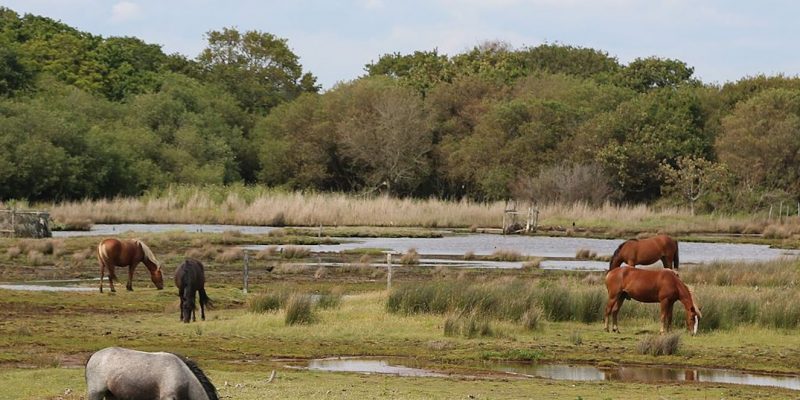The scheme was introduced to the native pony in 2002.
The number of stallions allowed on the Forest was reduced from 40 to 15 in 2012.
The combined effort to look at genetics and remove the threat of inbreeding has improved the quality of the foals produced.
Suzanne Kempe, Chairman of the New Forest Pony Breeding and Cattle Society said: “Reducing the number of stallions has opened up the genetics.
“This has improved the value of the foals introduced at the sale yard.
“At the most recent sale, about 70-100 foals were sold for really good prices.”
Fifteen unrelated stallions run on the Forest for six weeks between May and June who will produce around 400 foals during the spring months.
Since the genetic value of the ponies increased, protocols have been implemented to accommodate the growing interest in the ponies.
All the foals who are being sold at the sale yard are now microchipped.
This was implemented in October 2018 in order to create a passport for the foal.
This usually takes place 10 days before the sale yard opens as a passport can then be produced prior to a sale and the foals can then be transported abroad.
This has been introduced recently due to the influx of European sales after the foal quality improved.
Mrs Kempe added: “There is a large foreign market for them. Forest Ponies can do anything.”
Ruth Dalton, Field Officer for the Rare Breeds Survival Trust said: “There are so many benefits to having a Native pony.
They’re clever, fun, sure-footed and protect the equine diversity.”
Read more about New Forest Ponies


 New Forest Ponies: A History
New Forest Ponies: A History